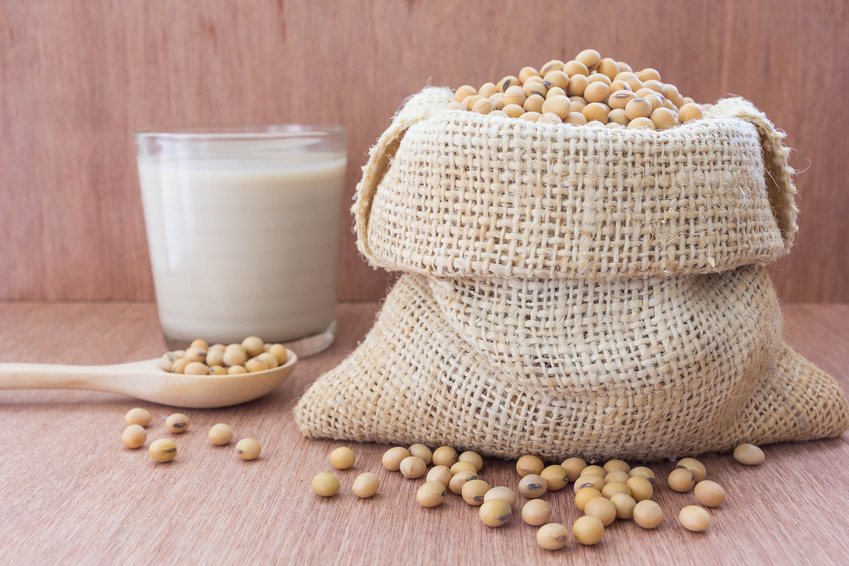
Have you noticed that your annoying histamine intolerance and mast cell symptoms, particularly fogginess, bloating, headaches and tenderness, get worse just before your period? Yup, it’s your hormones, and the interaction between histamine and estrogen in particular. And now researchers tell us that estrogen is the reason that women have longer anaphylactic episodes than men.
Estrogen surges generally occur…
When ovulating
- Right before menstruation
- From exposure to too many xenoestrogens
- From birth control pills
- During menopause
- When stressed
It works like this: estrogen stimulates mast cells to make histamine, while also reducing the DAO enzyme. Histamine then stimulates the production of even more estrogen. This occurs by aiding the release of luteinising hormones which are needed for ovulation. The luteinising hormone causes a gradual increase in estrogen.
And bam!
The histamine increase is back.
If you’ve read my post that mentions histamine-induced ovulation some of this may already make sense to you. (Spoiler alert: histamine-induced ovulation is bad).
Like the mythical Ouroboros dragon eating its tail, the cycle of estrogen increasing histamine levels and histamine increasing estrogen levels, continues ad infinitum.
Which is why histamine symptoms are usually worse at ovulation and just before periods…a time when estrogen is already high.
Sensitivity increases when supplementing with estrogen, for example during hormone replacement therapy. In turn, women experience more allergies and histamine-related problems after hitting their teens, a time when they start producing more estrogen, but less progesterone. The same is true during menopause when estrogen is on the rise.
Estrogen dominance during menopause occurs because progesterone is lower than estrogen. As we age women don’t make more estrogen, we make less, but progesterone goes down much faster than estrogen does, which leads to estrogen dominance.
There’s also a link between histamine and asthma, thanks to mast cells. According to at least one study, postmenopausal women on hormone replacement therapy had an increased risk of new-onset asthma (meaning for the first time). Estrogen and progesterone have both been shown to cause mast cell maturation and degranulation (the process by which histamine and other inflammatory mediators are released into the bloodstream).
And of course there’s the study by researchers at the National Institute of Allergy and Infectious Diseases findings that women have it worse than men when it comes to anaphylaxis, and estrogen is the culprit. We have longer lasting attacks thanks to our hormones…but reducing the level of estrogen leveled the playing field between the sexes.
Xenoestrogens make everything worse.
Each year we’re exposed to increasingly high amounts of xenoestrogens, or estrogens that are found in pollutants from water, food, and beauty products. So it’s not surprising to see that over the past 30 years allergen-related diseases are continuing to increase dramatically, in addition to affecting women disproportionately.
Part of the solution in dealing with the estrogen-influenced increase of histamine is to remove excess estrogens in the body. This may also help women who are estrogen dominant dampen their PMS symptoms.
I added cruciferous vegetables like Brussels sprouts and broccoli to my diet to help to remove these estrogens. I go over the benefits of these foods, in addition to other foods that heal in the 28 day histamine reset.
Lowering stress is also important, as we’ve seen relatively acute stressful events immediately enhance serum estradiol (a form of estrogen), in the female rat. When dealing with stress, reach for your yoga mat, or try to meditate to prevent any further increase of estrogen.
In terms of supplementing, B6, an essential cofactor of the histamine lowering DAO enzyme, helps with estrogen metabolism. The physiologically active form of vitamin B6, pyridoxal 5’-phosphate (PLP), acts as a hormone mediator, and reduces estrogen while increasing progesterone. Increasing progesterone may inhibit mast cell secretion.
Yet again, here’s another reason for using natural beauty products…You may want to start removing non-natural products from your daily routine, before gradually adding more natural alternatives.
And if you’re taking birth control, think about looking into alternatives such as tracking your menstrual cycle with Persona and Daysy machines, both of which I’ve used successfully over the last twelve years. Of course, talk to your gynecologist before making any transitions.
-REFERENCES-
Bonds, Rana S., and Terumi Midoro-Horiuti. “Estrogen effects in allergy and asthma.” Current Opinion in Allergy and Clinical Immunology 13.1 (2013): 92-99. Web.
Natori, Yasuo, Tatsuzo Oka, and Masashi Kuwahata. “Modulation of Gene Expression by Vitamin B6.” Biochemistry and Molecular Biology of Vitamin B6 and PQQ-dependent Proteins (2000): 301-06. Web.
Shors, Tracey J., Jane Pickett, Gwendolyn Wood, and Martin Paczynski. “Acute Stress Persistently Enhances Estrogen Levels in the Female Rat.” Stress 3.2 (1999): 163-71. Web.
Vasiadi, M., D. Kempuraj, W. Boucher, D. Kalogeromitros, and T.c. Theoharides. “Progesterone Inhibits Mast Cell Secretion.” International Journal of Immunopathology and Pharmacology 19.4 (2006): 787-94. Web.
Zaitsu, Masafumi, Shin-Ichiro Narita, K. Chad Lambert, James J. Grady, D. Mark Estes, Edward M. Curran, Edward G. Brooks, Cheryl S. Watson, Randall M. Goldblum, and Terumi Midoro-Horiuti. “Estradiol activates mast cells via a non-genomic estrogen receptor-α and calcium influx.” Molecular Immunology 44.8 (2007): 1977-985. Web.
Zierau, Oliver, et al. “Role of female sex hormones, estradiol and progesterone, in mast cell behavior.” Frontiers in Immunology, vol. 3, 2012, doi:10.3389/fimmu.2012.00169.
Hox, Valerie, et al. “Estrogen increases the severity of anaphylaxis in female mice through enhanced endothelial nitric oxide synthase expression and nitric oxide production.” Journal of Allergy and Clinical Immunology, vol. 135, no. 3, 2015, doi:10.1016/j.jaci.2014.11.003.














